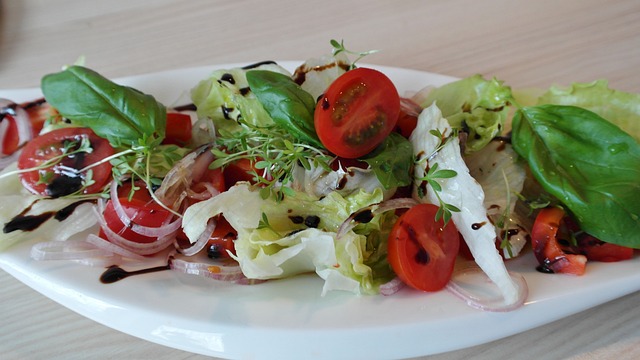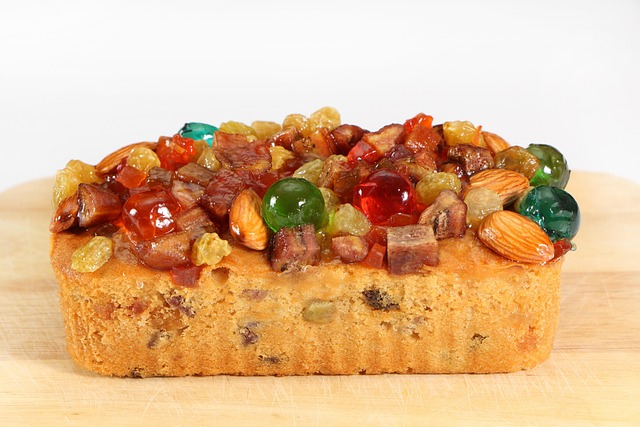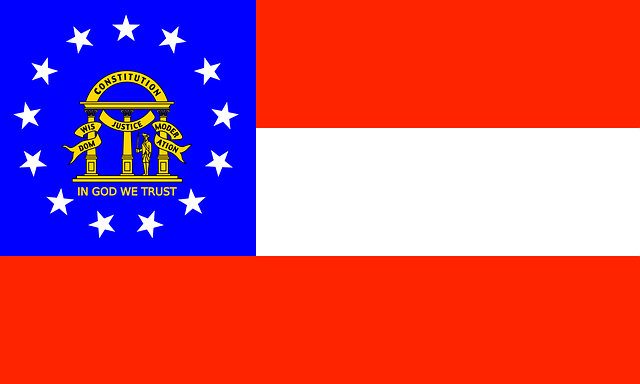The real estate industry is witnessing a significant trend towards mixed-use development, seamlessly integrating residential, commercial, and retail spaces. This approach is revitalizing cities into vibrant communities that meet daily needs within close proximity, boosting quality of life, walkability, local economies, and community engagement. Notable examples like Kensington Central in London and The Pearl District in Portland illustrate the global success of these projects, establishing mixed-use real estate as a key driver in urban planning and a highly sought-after investment option.
In today’s dynamic urban landscape, real estate developers are increasingly embracing blended uses, fusing residential, commercial, and retail purposes into harmonious, efficient spaces. The rise of mixed-use development offers numerous benefits, from streamlined commutes to vibrant community hubs. This article delves into the concept, exploring successful global projects and strategic design elements that facilitate seamless transitions between these sectors. We also analyze market trends, highlighting the growing demand for such properties and potential challenges, while offering insights into future prospects in real estate.
The Rise of Mixed-Use Development

In recent years, the real estate industry has witnessed a significant shift towards mixed-use development, where residential, commercial, and retail spaces are seamlessly blended. This innovative approach to urban planning is transforming landscapes across cities, offering a more integrated and efficient way of living. By combining these purposes, developers create vibrant communities that cater to daily needs, work, and leisure all within close proximity.
Mixed-use developments provide numerous advantages for residents and businesses alike. They promote walkability and reduce the reliance on personal vehicles, contributing to more sustainable urban environments. Additionally, the integration of retail spaces encourages local economies, fosters community engagement, and creates a diverse and dynamic urban fabric. This blend of amenities not only enhances the quality of life but also drives real estate values, making mixed-use properties highly desirable in today’s market.
– Exploring the concept and benefits

In contemporary real estate, blending residential, commercial, and retail spaces is emerging as a dynamic trend, offering multifaceted benefits. This integrated approach creates vibrant communities where residents can live, work, and shop within close proximity, thereby enhancing overall quality of life. By combining these purposes, developers can optimize space utilization, reduce urban sprawl, and foster sustainable growth.
The concept encourages walkability and a more connected neighborhood feel. Retail outlets and offices interspersed among residential areas cater to daily needs and professional pursuits, eliminating the need for lengthy commutes. This mixed-use development also stimulates local economies by attracting diverse foot traffic, boosting business opportunities, and fostering community engagement.
– Examples of successful mixed-use projects globally

Mixed-use real estate projects, blending residential, commercial, and retail spaces, have become a global trend, demonstrating successful integration and enhancing urban landscapes. One notable example is the Kensington Central development in London, UK. This project transformed an old industrial site into a vibrant community with mixed-income housing, offices, retail shops, and a lively marketplace. The diverse offerings cater to residents’ daily needs, fostering a sense of community and convenience.
Another impressive instance is The Pearl District in Portland, Oregon, USA. Known for its unique blend of lofts, apartments, restaurants, cafes, and boutique stores, this area has become a sought-after destination. The district’s success lies in its ability to create a walkable environment where people can live, work, and shop, promoting sustainable living and a thriving local economy. These global models showcase the potential for mixed-use developments to create dynamic urban spaces that cater to diverse populations.






